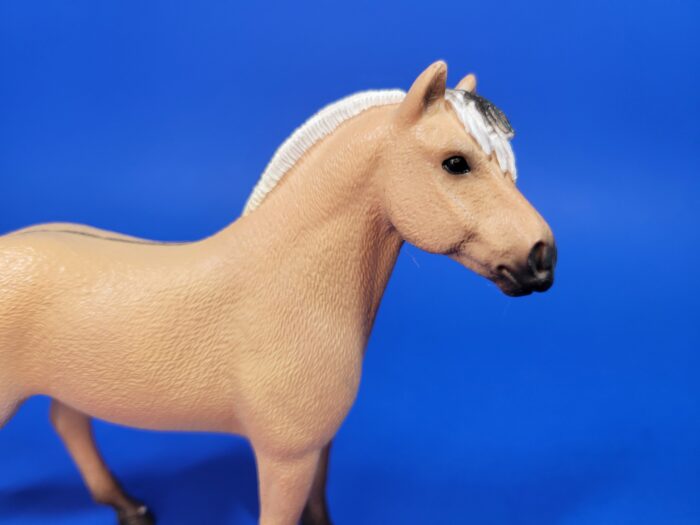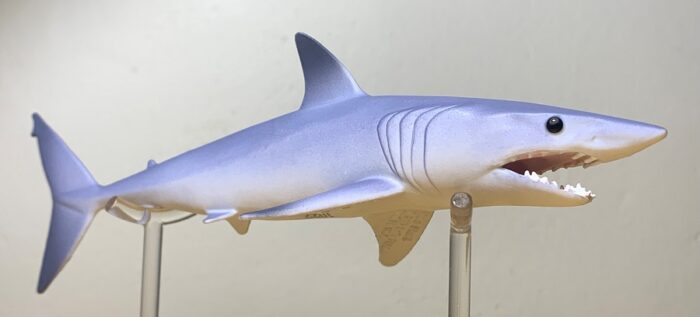Although the blue whale is the largest of all baleen whales it seems that the humpback whale (Megaptera novaeangliae) is the most popular, but maybe that’s just my personal assumption after seeing it plastered all over Christian Lassen school supplies in the 90’s. The toy market seems to back up my claim though, with Toy Animal Wiki cataloging several more humpback figures than blue whale.
Osprey (Wings of the World by Safari Ltd.)
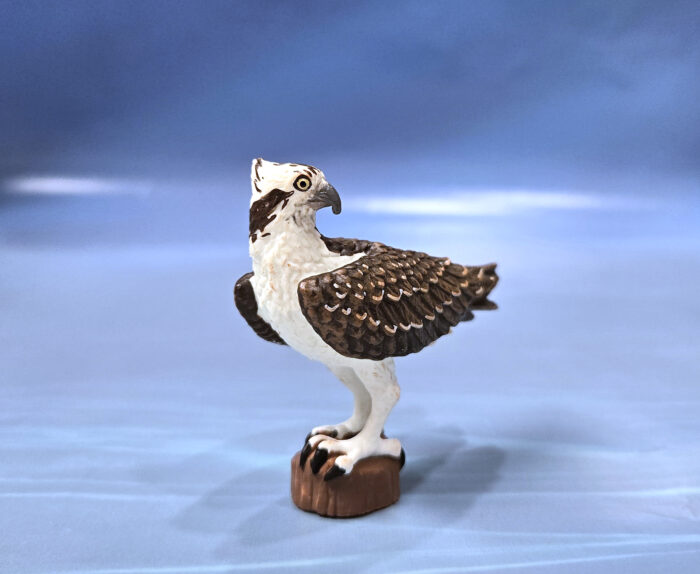
I do not engage in the ‘wishes and wants’ and ‘predictions’ threads on the forums. For one reason, I like to be surprised, and I find it more rewarding when something is announced that wasn’t expected. Secondly, is that many people’s wishes and wants tend to be really obscure things that have a low probability of getting produced, thus resulting in disappointment when official announcements are made.
Killer Whale, 2018 (Wildlife Ocean by Schleich)
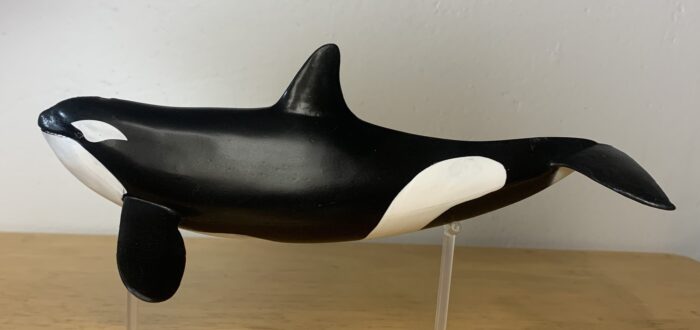
The world’s largest and most visually striking dolphin, one of its most intelligent animals, and undisputedly one of its most accomplished predators, the killer whale (Orcinus orca) needs no introduction from me. Whether they’re attacking boats or wearing dead salmon as hats the orca is constantly generating interest and is one of our most beloved and familiar animals.
Pilot Whale (Wild Safari Sealife by Safari Ltd.)
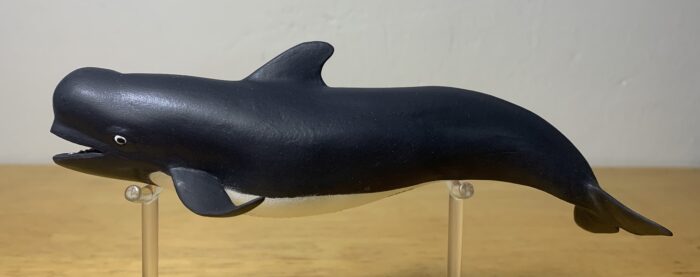
Pilot whales are members of the Delphinidae family that get their name from the unproven belief that a single member of the pod leads the rest and that they’ll follow that individual even if it means certain death, which is supposed to explain why pilot whales strand en mass. Indeed, pilot whales are among the most likely cetacean species to become stranded.
Fjord Mare (Horse Club by Schleich)
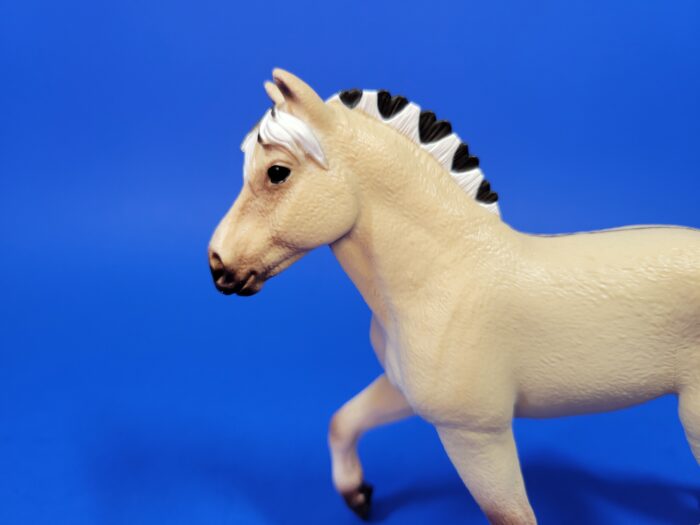
Hello again! Here we will have the review for the mare counterpart to the fjord horse pairing. If you would like to read more about the breed itself, I included a history and variety of facts for them in the Schleich’s gelding article here. The figure being discussed below is the mare figure by Schleich produced in 2024, #13980.
Fjord Gelding (Horse Club by Schleich)
Silky Shark (Wild Safari Sealife by Safari Ltd.)

The silky shark (Carcharhinus falciformis) is a species of requiem shark found in tropical and subtropical seas around the world. They inhabit the epipelagic zone near continental shelves and deepwater reefs where they feed on bony fishes, cephalopods, and the occasional crustacean. They are known to be active and inquisitive and are considered potentially dangerous to humans but given their preferred habitat, encounters are rare.
Brown Dog Tick (Merial)
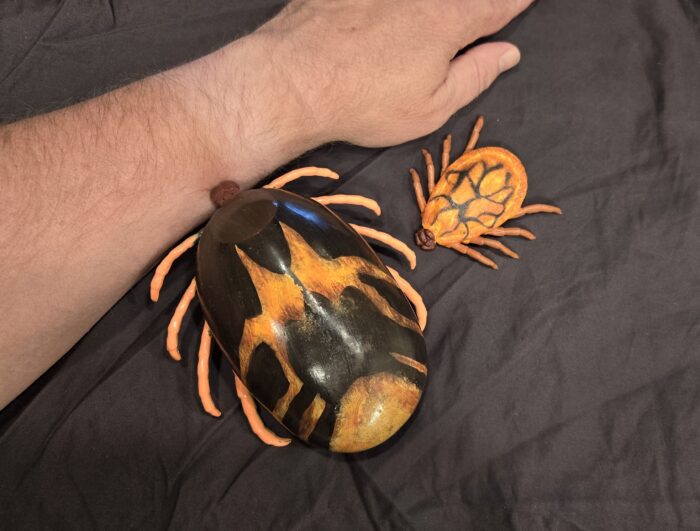
Commonly called the brown dog tick or kennel tick, Rhipicephalus sanguineus is the most widely distributed tick species in the world. It’s primary hosts are dogs and other canids, but it can bite humans as well. However, it doesn’t have a strong predilection for humans, and even in households where dogs are infested, their human owners may never get bitten.
Tabby Cat, Orange (Safari Farm Collection by Safari Ltd.)
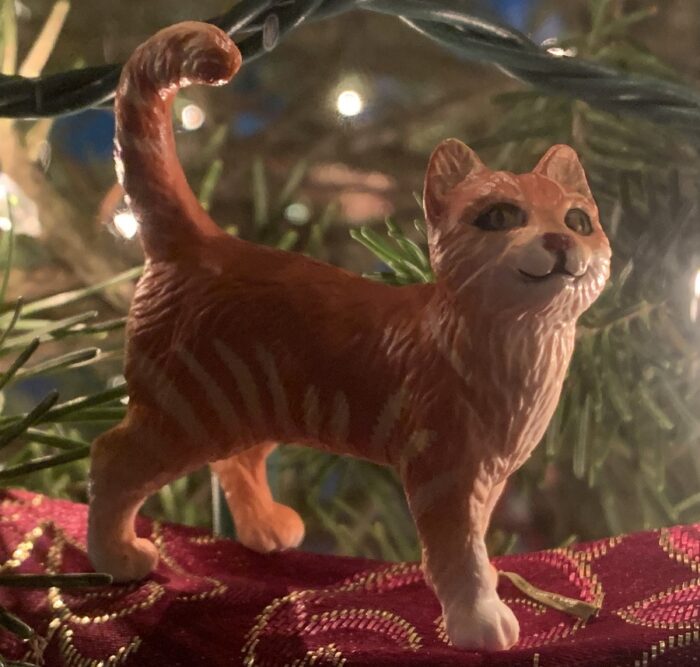
Being December we’re now at the height of the holiday season and so for my next couple of reviews I’ll be featuring seasonally appropriate animals. “But this is a cat”, I hear you say, “what do cats have to do with the Holidays?” Well, if you’re asking that question then you’ve apparently never heard of the Yule cat, my favorite piece of Christmas folklore.
Bottlenose Dolphin (AAA)
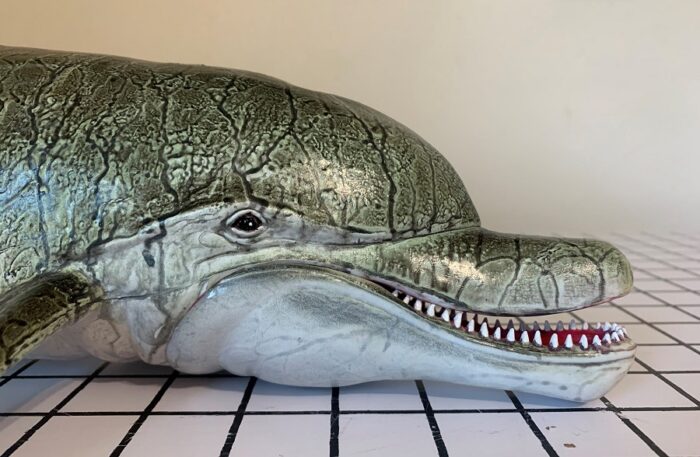
Majestic, intelligent, enigmatic, beautiful, elegant. These are all apt adjectives that describe the common bottlenose dolphin (Tursiops truncatus), one of the most popular, wide ranging, and recognizable cetaceans in the world. Toy Animal Wiki catalogs 71 different figures of the species but there are easily many more than that.
Shortfin Mako Shark, 2017 (Wild Safari Sealife by Safari Ltd.)
Goblin Shark (Sealife by CollectA)
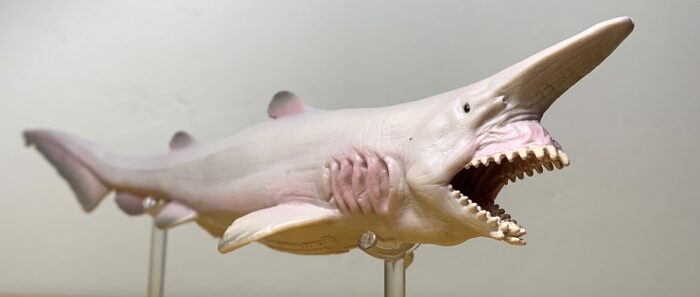
In 1889 fossils of an unusual Mesozoic shark were described. It was named Scapanorhynchus, Greek for “shovel-snout” due to the elongated blade-like snout that jutted out over its face. Nine years later an unusual 42” (107 cm) immature male shark with similar anatomy was caught in Sagami Bay, Japan and formally described as Mitsukurina owstoni, commonly known as the goblin shark in English and the tenguzami in Japanese.





